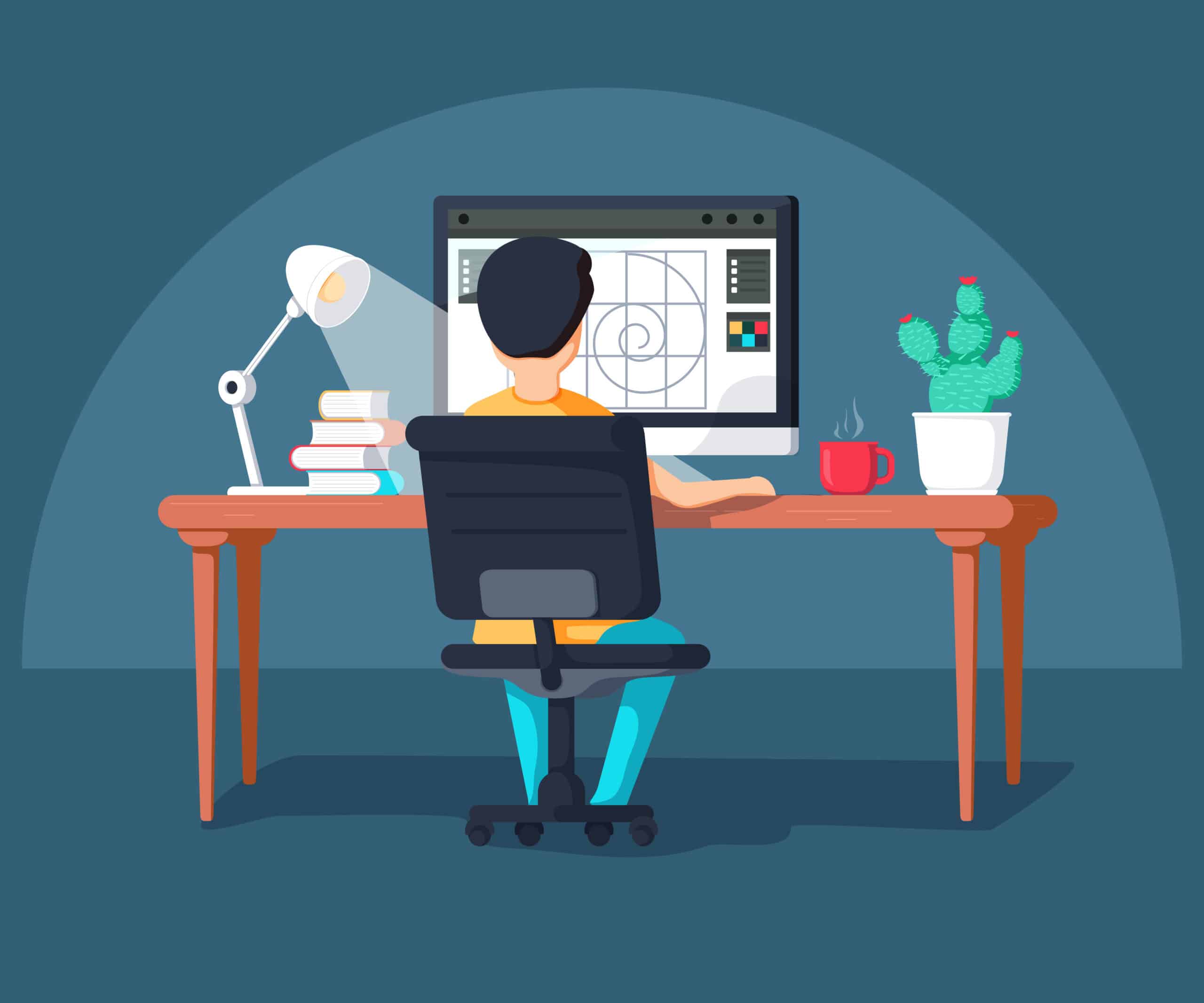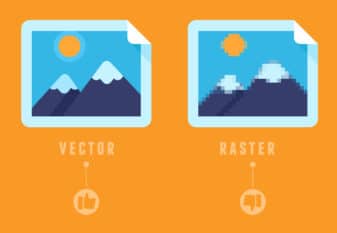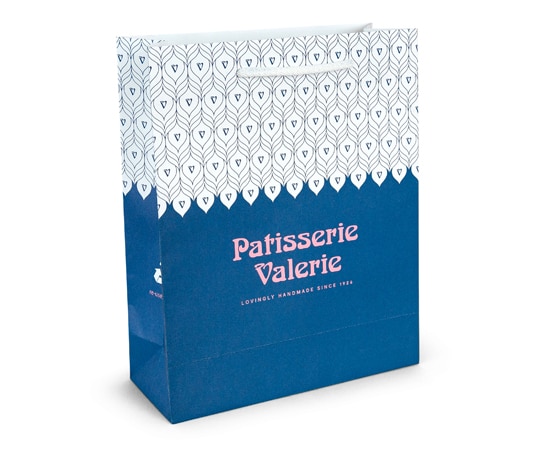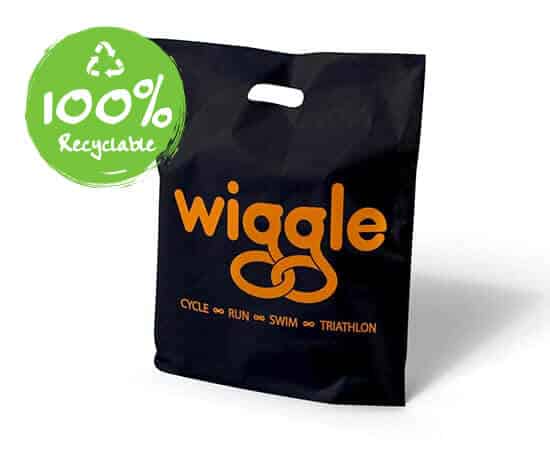
How To Vector Your Logos
There are two basic types of image in digital and print design; vectors and Rasters. The Printed Bag Shop are here to cut through the technical talk and help you understand just what each image type is. In this blog post we will also explain why you should always ensure you are using vectored images in design work for your business.
What Is A Vector Image?
A vector image is a file type; essentially it is worked out on mathematical principals to create images in two- or three-dimensional spaces. So, what does this mean? A standard image (a Raster image) is made up of a grid of pixels, whereas a vector graphic is made up ‘paths’, which are more fluid as they can be made up of any shape.
Vector graphics can be used to create simple line drawings or effective, complex illustrations.

Why Choose A Vector For Your Logo and Branding?
As a vector graphic is a more accurate design and does not depend on pixels, it can be scaled to any size and still look sharp. A vector graphic maintains image quality, resolution and clarity even when scaled for different designs. If your logo is a vectored image, it can be readjusted to fit onto different sized printed bags, miniaturised and repeated onto printed tissue paper, business cards or even blown up for your signage.
It’s important that your designers create a vector image of your logo because it is the easiest way to achieve high-quality graphics for your branding. Other image formats can pixelate and appear blurred on your merchandise which does not create a professional, reliable business image. A vector image will maintain its high quality and accurately represent your brand and the standard of your business, with a cohesive design.
Vector images do have a simplified colour palette in comparison to a Raster image. This is because the pixels can display different colours and create a gradient. A vectored image must use lots of different paths (lines or shapes) to replicate the same graded effect and is more suitable for a simple illustration, such as a logo. A simple logo is often the most effective; it can be bold and memorable, especially if it contrasts with the background. A well-designed logo illustration also conveys a clear message. This makes vector logos ideal and cost effective for creating printed paper bags, printed mailing bags and any other kind of bags or packaging, because a simple design stands out on your choice of background. Vectors can save your business money too, as they are easier to print and can be produced quickly!
How To Vectorize An Image
There are different types of vector file formats, but these are the most common:
EPS – This is the standard format used within the printing industry. This is the best file format for vector logos.
Al – This is an Adobe version of an EPS file. It is quite common, but it is still recommended to have an EPS variant.
SVG – This stands for Scalable Vector Graphic. This is increasingly popular for digital formats as it is easiest to adapt for varying screen resolutions.
There are several online tools that will vectorise your logo or images. This is a quick-fix way to create your scalable, high-quality logo, but they vary in quality. It is best to get a professional graphic designer to change your standard Raster image into a vector logo. It can be a costly mistake to carry on with a poor-quality image, especially splashed all over your branding.
For more information and help to create fantastic, sharp designs that suit your company, get in touch with the team at The Printed Bag Shop.













